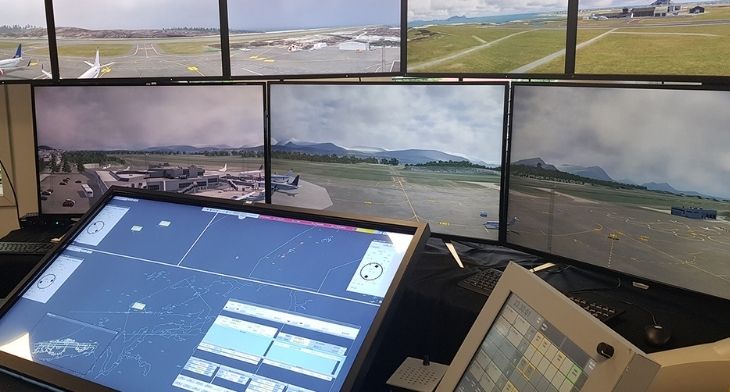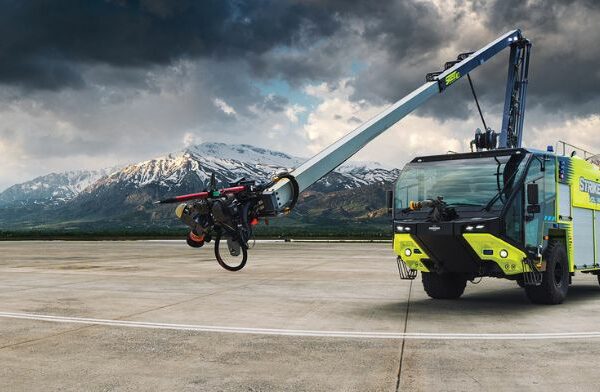


Micro Nav has partnered with Indra to support their project of delivering a complete tower system for remote control of Budapest Ferenc Liszt Airport to Hungarian air navigation service provider (ANSP) HungaroControl.
In line with the agreement Micro Nav will supply a simulation platform to enable HungaroControl to utilise their contingency environment as a simulator for training and familiarisation purposes.
Micro Nav’s single-solution Beginning to End for Simulation and training (BEST) simulation software will be used to stimulate the InNOVA Tower systems. It will provide a high-fidelity training environment, including surveillance data, flight plans, MET data and video streams for the 3D visuals for the controllers who will transition to operate on identical equipment in the live environment. This stimulator system will also be a contingency system, part of the overall safety set up for remote towers.
“Micro Nav will be an important contributor to a project that will make Budpaest the largest airport in Europe to be remotely controlled,” said Tom André Tarlebø, Chief Technology Officer at Indra. “We have experience with their simulation platform from several projects, and we know the system represents the state of the art in terms of functionality, performance and usability.”
To support research into digital technologies, Micro Nav has taken part in the SESAR PJ05 Wave 2 programme. It has focused in particular on multiple remote tower and remote tower centres, plus HMI interaction modes, with another SESAR trial planned for early next year.
This latest contract for Micro Nav is further demonstration of how simulation can play a key role in transitioning from traditional operational tower to remote digital tower operations, or support a smooth and efficient transition for controllers to new equipment.





